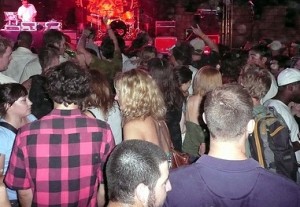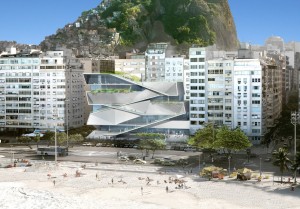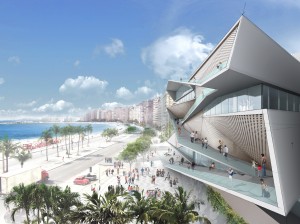That is a nice video of Kelly. The others, well, they speak for themselves. Tourism was actually up 11 percent in 2010. They had 680 Thousands tourist to come to Rio De janerio in the month of December alone. Those are stats from the Federal Police and all of Brazil had over 86 percent occupancy on Rental units. In rio, over 90 percent of all the rental units and hotels were filled with Tourist. That is tremendous growth. However, you are correct. Sex tourism is down. That way, maybe, the quality speaks for itself. The ones that want to be spoon fed will miss help. However, if you think back, help was dead 6 months before it actually closed.. Especially after the last entry fee increase. I went in several times in there were not 75 people, including employees in the place. So, the writing was on the wall. All good things must come to an end. Inflation is eating up the Real buying power. The increase in wages, fees, food cost have only allowed the buying power to equal 1996 buying power, even with the brazilian population moving up to 50.2 Middle class and up. However, like any civilize nation, the less educated will suffer and the lack of skills, training in a labor intense society will keep them in menial jobs- which a lot are comfortable having these entry level positions, simply to support their family. Brazil is a very dynamic and exciting place. I think we judge brazil simply by the going and comings of Copacabana. However, I will honestly say, Several other states are more fluid and dynamic than Rio. We must move beyond the comforts of Zone Sul and realize the vastness of Brazil. Rio is very expense ( zona sul) and overpriced. I find the true Carioca attitude to be quite different from other Brazilians. I will say, if we evaluate the contacts we have made over the last 7 years. we will realize the true Cutie's were not from Rio. They were simply visiting from some other state. We need to go to the source and find them. especially now, since there is a drought in the Star quality program in Rio. yes, if they were horses, we will say they are long in the tooth. This garota do programmer game is a young woman game. If they are 30 + they are closer to Dinosaurs then stars. Think, If they are 30+ and have been working 7-12 years, that is over 2100 different men easily in that small time frame. That is over use and leads to an academy award performance or basically poor service for a substantial price. My rule of thumb, if some one wants an exorbitant price, they usually are not good performs. That is my small observation- not scientific. I enjoy traveling around Brazil. I will suggest Vitoria and North Brazil for a change of pace. I am not sure about the availibility of programmers here but there are a lot of normal women that would love to meet you guys.We all enjoy the weather and those of us , who really try to assimilate in the culture, have a true appreciation and respect for the country. We love the madness and we love the tranquility.
M.J.
M.J.




